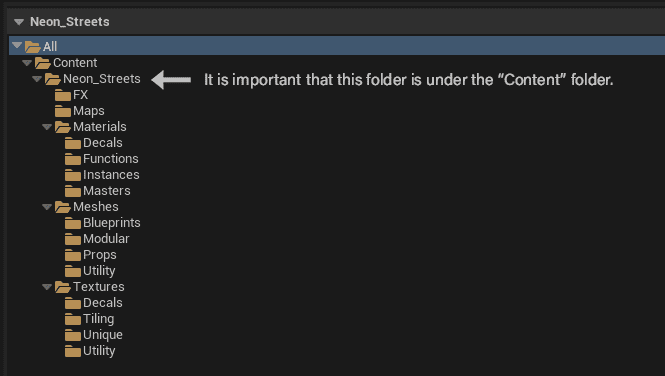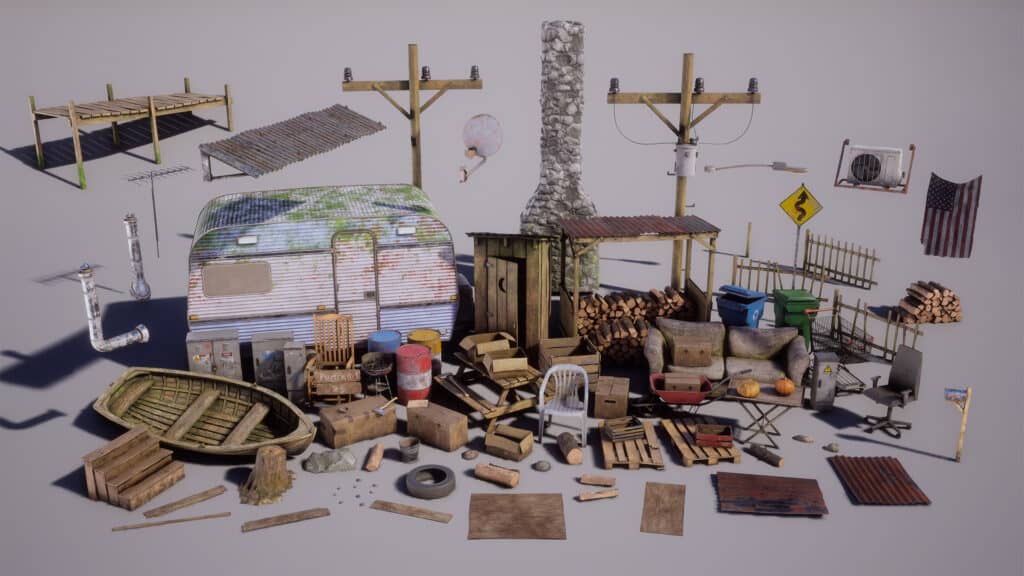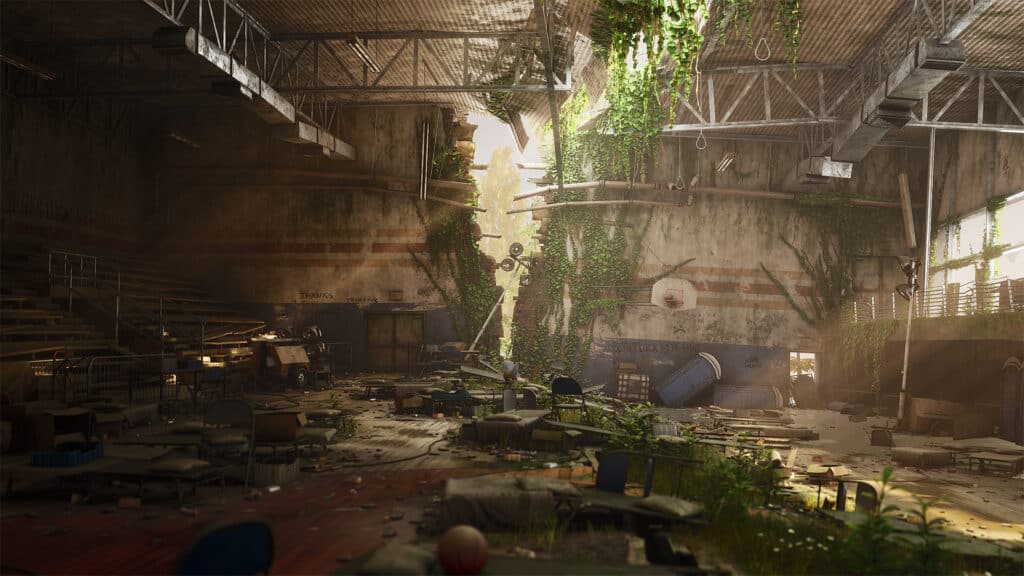When I started selling environments on the Unreal Engine Marketplace I had a lot of questions but nobody seemed to answer them. In this article I want explain everything about what it involves to start selling 3D models/environments on the Unreal Engine Marketplace.
Become a publisher
First, you need to apply to become a publisher on the Unreal Marketplace. This is arguably the easiest part. Go to this website and get started: Publisher Portal (unrealengine.com). The Publisher Portal is a place where you can submit your products as well as see all the products you have on the marketplace. You can also see your sales you have made in there.

Setting up the project
You need to start by using an engine version you want to make your project in. Older versions work with newer version of Unreal but not the other way around, keep this in mind. Generally it is good to use an older version to maximize the amount of people that could use your product.
Once you know your engine version it is time to open Unreal and create the project. For this part it is mainly important that your folder structure is correct so it will comply with the marketplace guidelines when you submit your project eventually. An Important thing to mention here is that your “project folder” needs to live under the “Content” folder in Unreal. If this is not the case your project will not get validated by Epic. Below is a typical folder structure I use for my projects:

Make content
Next you need to actually make content to sell on the marketplace. Start out by finding something that you want to make but you also think somebody else would want to use in their project. I usually try to find a balance between something that I am super excited about and something that is manageable to make within a few months time. Since Epic does not provide any analytics for the marketplace it is hard to see what is popular and what would sell well. I kind of always go with what I like to make and what I think people would want.
Make sure that if you’re making a realistic looking environment it contains at least 35+ unique assets. For low-poly/simple environments it has to contain 50+ to 150+ depending on the complexity. Here you can find more about the guidelines for content: https://marketplacehelp.epicgames.com/s/seller-guide/minimum-content-and-requirements?language=en_US

It is important that you own the rights of whatever you make or that you use content that is in the public domain. Public domain content is usually referred to as CC0. You can read more about it here: https://creativecommons.org/share-your-work/public-domain/cc0/
For instance I almost never make my own tiling textures. I use this awesome website called: ambientcg.com where you can download CC0 textures to use in your projects. They even make Substance materials which are super useful. However, when using CC0 content you should use it in moderation. Epic will specifically look for this when examining your submission for the marketplace.

Than there is the legal side of things. Because you are making content that can potentially be used in a commercial project it is important that your content does not include any copyrighted materials like logos, brand names and buildings etc.
The boring part: naming conventions and consistency.
It is good practice to keep your project clean throughout the production of your product so it will be less work afterwards to make it ready to submit. Epic does not specify naming conventions but they will inspect if you work is consistent in whatever system you will use for your naming conventions. I would advice to stick to these:
- Tiling texture = TT_Name_Of_Texture
- Unique texture = UT_Name_Of_Unique_Texture
- Master material = MM_Name_Of_Master_Material
- Instanced material = IM_Name_Of_Instanced_Material
- Decal: = DE_Name_Of_Decal
- Static mesh = SM_Name_Of_Static_Mesh
- Blueprint = BP_Name_Of_Blueprint
Same for naming your assets a certain way. For instance if you have multiple variations of a prop and you need to number them make sure to use the same method. Example: _1 or _01.
Don’t use them both but stick to one. I usually use “_01” so I can make at least 99 variations if I wanted to. Another thing to keep in mind is the order in which you name an asset. I always try to make it as descriptive as possible. Example: “TT_Wood_Planks_Generic_01” This way one can easily see it is 1: tiling texture 2: wood 3: planks 4: generic 5: variation one.

Making it ready to submit
Now that your project is finished you need to make it ready to submit. There are a few things to keep in mind when you’re making your project ready.
- Check all naming conventions, are they consistent?
- Do you have correct collisions on your models?
- Make sure to clean up redirectors.
- Did you make a showcase map?
How about lightmaps?
With Lumen in Unreal Engine 5 lightmaps are not necessary anymore to create believable lighting but keep in mind that your customers will not always use Lumen. If you still make lightmaps more people can use your content which means more sales!
And Nanite?
Same for Nanite, only high-end systems can run Nanite and there is a good change that the people buying your content are not making a product that is made for these systems. I would advice to still keep clean modeling practices in mind when making your content.

What is a fair price to ask?
I base my price on the amount of time and quantity of content. I also include in the price if the 3D content is modular or not. When it is modular it is more reusable which makes it more valuable.
What’s the money like? Is it worth it?
This is not really a question I can answer. What I can say is that for the amount of hours worked it is definitely not worth it in the short term. But there is more to consider. In my case I would be making 3D environments in Unreal Engine anyway, I might as well sell them to earn a little bit on the side. Than there is the long term effects of having content on the marketplace. You only have to make it once and then it will sell for years to come. Especially for 3D content that does not require a lot of maintenance. If you wait long enough it might be worth it for you.
Conclusion
If you are planning to make 3D content for the unreal marketplace I hope this helped! If you feel like there is anything I did not cover feel free to contact me on Twitter: @maartenjhof
Interested in my environments on the Unreal Engine Marketplace? You can find them here: https://www.unrealengine.com/marketplace/en-US/profile/Maarten+Hof
To reiterate:
- Apply to become a publisher.
- Set up your project with correct folder structure.
- Make copyright free content you own 100%.
- Keep your project consistent with naming conventions.
- Make your project ready to submit
- Ask for a fair price
- Long term it might be worth it for you
Also, I just launched a newsletter. You won’t be hearing from me every week because I just started out but I will promise to send valuable tips and tricks about environment art and 3D.
